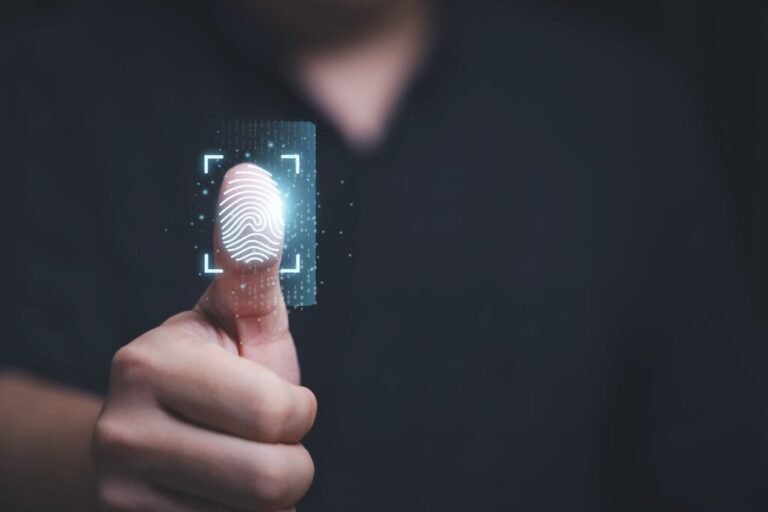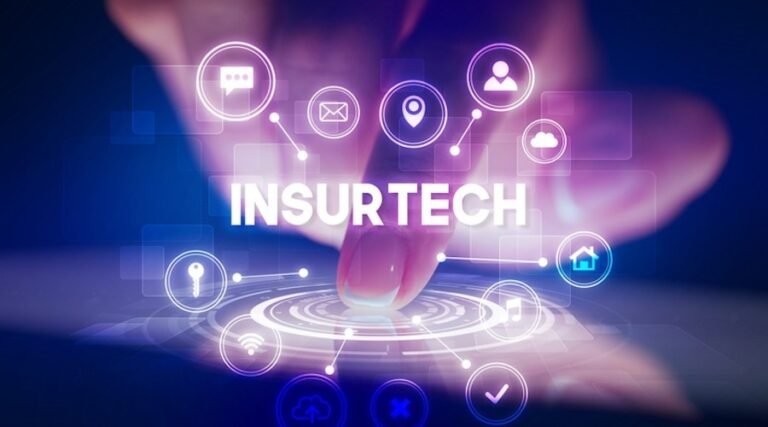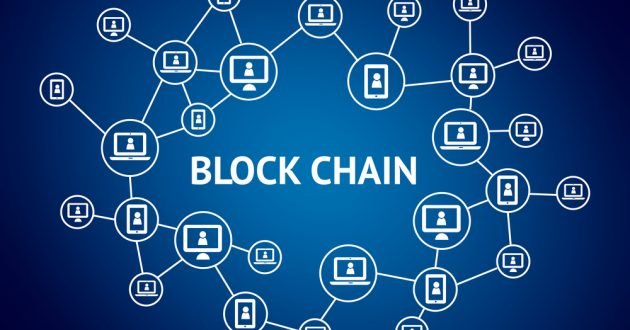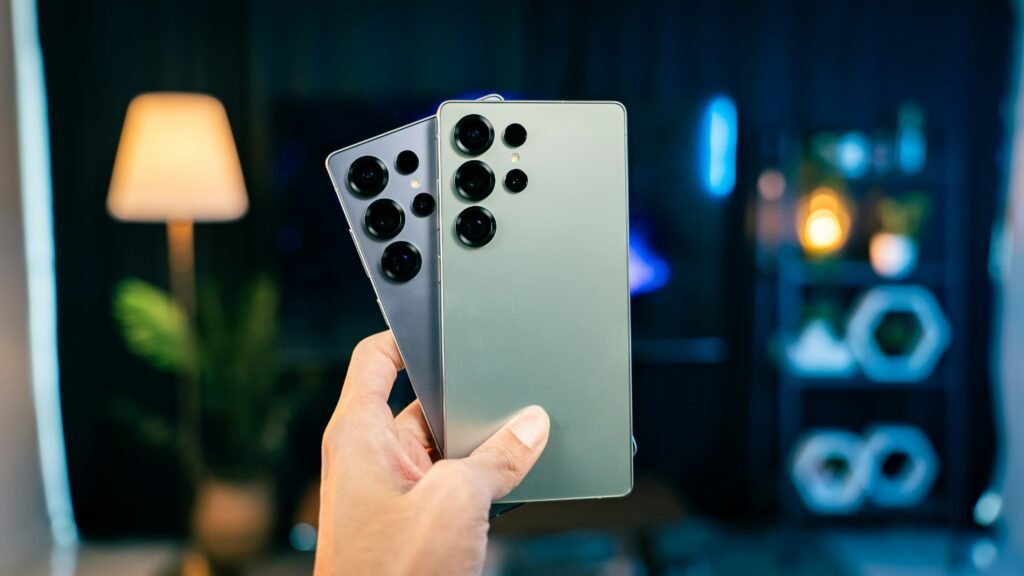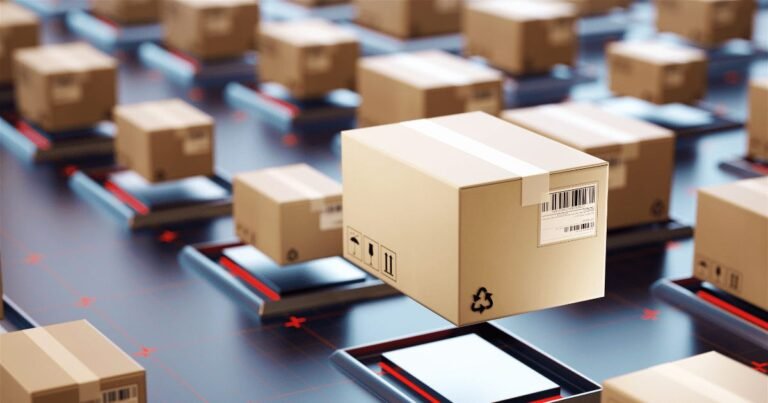
Healthcare payments have long been a maze of forms, complicated billing codes, and endless delays. If you’ve been getting a bill months after your doctor’s appointment, you’re not alone. But recently, a quiet revolution has taken place: fintech is cleaning up the mess. Imagine paying for a doctor’s appointment through an app, just like you get a cup of coffee: fast, easy, and secure. Fintech is making this dream a reality. It combines finance and technology to provide innovative and more user-friendly payment management solutions for healthcare providers and patients. It’s not just about convenience; it’s about improving accessibility, reducing stress, and supporting everyone in the healthcare ecosystem. Could you please explain how fintech is transforming healthcare payments? Let’s begin.
Mastering Fintech in Healthcare:
Financial technology, sometimes referred to as fintech, is the creative application of technology to deliver financial services. While it’s often associated with banking, lending, and cryptocurrencies, it’s increasingly being used in medicine. In healthcare, fintech is simplifying complex billing systems, streamlining insurance claims, and giving patients more flexibility in how and when they pay. By integrating payment platforms directly into the healthcare system, fintech is moving the industry from an outdated model to a more flexible and open one.
Traditional Healthcare Payment Challenges:
Before fintech, healthcare payments were notoriously slow, opaque, and sometimes frustrating. Patients receive multiple bills from multiple departments; insurance claims take weeks or months to process; and payment plans are difficult to obtain or understand. Providers face huge administrative costs, late payments, and manual data entry. All of this adds up to a poor experience for everyone involved. The need for a better system was clear; fintech recognized the opportunity.
Fintech Solutions Are Changing the Way Healthcare Is Paid:
Fintech offers various tools to fix these broken systems. Fintech is changing the entire payment experience, from mobile apps that offer financing options to online portals where patients can view and pay bills directly. These technologies accelerate transactions, reduce human error, increase transparency, and simplify payments. Healthcare providers can also generate revenue faster and reduce operating expenses.
The Impact of Mobile Payments on Healthcare Transactions:
From your favorite coffee shop to your local pharmacy, mobile payments are everywhere. They’re making a big difference in the medical field. Patients can pay for an emergency room visit, a prescription, or an appointment with a single tap on their smartphone. These mobility options increase access to cash for patients who don’t carry it or need a digital wallet. And most importantly, they reduce the stress of dealing with paper bills and paying them in person.
The Impact of Digital Wallets on the Patient Payment Experience:
Clinics and hospitals are increasingly using digital wallets, such as Apple Pay, Google Pay, and even healthcare-specific systems. They ensure that patients can complete transactions quickly and that payment methods are secure. For those with chronic conditions or who require long-term treatment, this technology is extremely useful because it enables regular payments. In a hospital setting, it can transform a tedious procedure into a quick and easy one, which is exactly what you want.
How Blockchain Ensures the Security of Medical Payments:
Data security poses one of the biggest challenges for digital payments in the healthcare sector. Blockchain is perfect for this. Blockchain technology creates a secure, public transaction ledger that cannot be altered or hacked. When it comes to healthcare payments, this means that healthcare providers and patients can trust that billing information is accurate, tamper-proof, and confidential. Although blockchain is still in its early stages, it is paving the way for more secure healthcare financing.
Instant Payment Processing and Instant Billing:
Fintech is setting new standards by introducing instant billing and rapid payment systems. This means that patients receive a bill immediately after receiving their healthcare costs, and they can pay right away. This eliminates surprises that may come months later. For providers, this significantly reduces the wait times for payments, giving them more control over their cash flow. It benefits everyone and aligns healthcare with other consumer sectors.
The Growth of the Buy Now, Pay Later Model for Healthcare:
Previously only available for shopping, the Buy Now, Pay Later (BNPL) payment method is now also available for healthcare. This approach allows people to get the treatment they need without having to pay up front. Instead, they can spread the cost over a longer period without having to pay interest. Fintech companies are working with hospitals and clinics to offer BNPL options at checkout. This approach makes healthcare more accessible, especially for those who are underinsured or uninsured.
Artificial Intelligence and Automated Payment Systems:
Artificial intelligence is changing the way payments are processed. AI technology allows healthcare providers to automate billing, identify errors immediately, and even offer payment plans that are tailored to a patient’s financial situation. Automation reduces labor costs, improves efficiency, and reduces the chance of costly errors or missed payments.
Fintech for Underserved Patients: Financial Inclusion
A key benefit of fintech in healthcare is its ability to promote financial inclusion. Many patients, especially those living in rural or impoverished areas, do not have access to traditional banking services. Fintech offers alternatives such as mobile money and prepaid health cards to help these people participate in the digital economy. These commitments allow more people to access and pay for the treatment they need without the traditional barriers.
Reduce Administrative Burden for Healthcare Providers:
Nurses and physicians want to focus on treatment rather than form. Fintech solutions can reduce the administrative burden for healthcare providers by automating billing, streamlining insurance claims, and connecting payment systems to electronic health records. Such automation frees up time for patients and reduces back-end tasks, improving treatment outcomes and satisfaction.
Integrated Payment Systems and Telemedicine:
Fintech is essential to the operation of telehealth as it continues to grow in popularity. Integrated payment systems allow patients to schedule visits, receive treatments, and pay for them—all in one seamless experience. These platforms also offer membership or subscription options for ongoing virtual treatments, creating new models for patients and providers.
Regulatory Compliance and Data Protection in Fintech Healthcare Apps:
Despite facing numerous challenges, fintech companies successfully navigate HIPAA and other healthcare regulations. They provide a user-friendly experience and create apps that adhere to strict data protection regulations. Standardization includes secure cloud storage, two-factor authentication, and encryption. This ensures the safety of sensitive data and allows users to trust each other.
Conclusion:
Fintech is changing the healthcare payment landscape in ways we could not have imagined a decade ago. What was once a difficult and tedious process is now much more patient-friendly, faster, and easier. Inventions continue to emerge, from mobile wallets and fast billing to AI-based solutions and blockchain security. While patients experience greater convenience and financial flexibility, healthcare professionals benefit from improved cash flow and efficiency. While there are still hurdles to overcome, the momentum is clear; fintech is changing the way we experience healthcare overall, not just how we pay for it.
FAQs:
1. How is FinTech performing in healthcare?
Fintech in healthcare is the application of technology to streamline and improve financial processes, such as patient payments, insurance, and billing.
2. How can FinTech improve healthcare payments?
Fintech has simplified the payment process through digital wallets, mobile payments, direct billing, and flexible payment plans, making payments easier for patients and providers.
3. Can FinTech healthcare apps ensure security?
Most fintech applications keep patient and payment data secure and private through encryption, blockchain, and regulatory compliance.
4. Can I use the buy now, pay later option to pay for my medical bills?
Absolutely. Many healthcare professionals now offer you the ability to pay in installments with very low or no interest through BNPL options offered by fintech companies.
5. Is fintech only for large hospitals?
Fintech is not exclusive to large hospitals. From small clinics to private practices, even these clinics are using financial technology to modernize payment methods and the patient experience.
